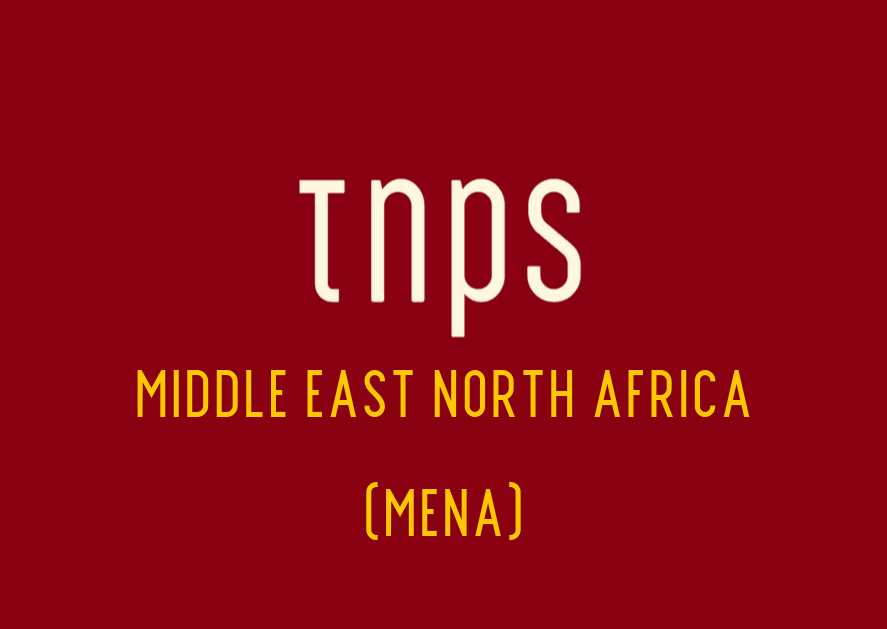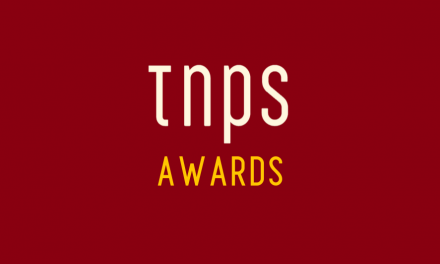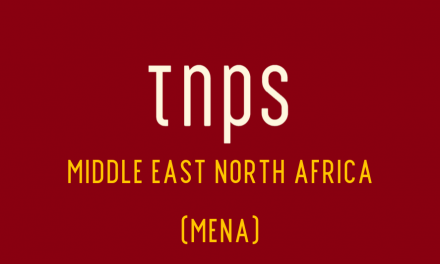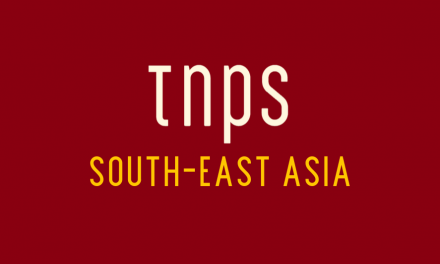This is a growing pie and there’s plenty of room for everyone at the table.
The theme was “The Impact of Artificial Intelligence on Culture and Book Publishing”, but if that was followed through, I clearly missed it. If anyone can offer any links to anything of that nature, it’d be appreciated.
What we do know is 847 publishers from 34 countries took part in the 28th incarnation of the Muscat International Book Fair that pulled in 394,172 visitors. A very respectable footfall figure, albeit a far cry from the 1 million that the event was pulling in in pre-Covid times.
But of more interest is a suggestion in BNN that demand for Arabic children’s literature is on the rise.
Per the report by Maria Alejandra Trujillo, 268,000 Arabic titles outnumbered the 200,000 English titles available at Muscat this year.
That in itself should be a cautionary tale for western publishers who aren’t looking at the Arab markets and the Arab book fairs. We can be sure those publishers that do understand the demand for English-language books in countries like Oman are enjoying the lack of competition.
In the UAE, for example, Big Bad Wolf was regularly shipping millions, literally, of English-language books to Dubai in pre-Covid times, and that continues (Dubai and Sharjah last year), albeit on a slightly smaller scale post-Covid.
Proof that English-language children’s books are in huge demand.
But I doubt the handful of publishers who are in on this little secret are the least bit worried by the increasing number of Arabic titles in this sector. This is a growing pie and there’s plenty of room for everyone at the table.
“The surge in popularity of Arabic children’s books at events like the Muscat International Book Fair,” writes Trujillo, “signals a positive trend towards more inclusive reading material that celebrates cultural diversity. The future looks promising for the world of children’s books, where stories transcend linguistic and cultural boundaries to unite readers around the globe.”
Beautifully said, and of course spot on.
Trujillo’s report is worth checking out also for its perspective on translations and dual-language English-Arabic titles.
Per Trujillo, “translation plays a pivotal role in bridging cultural gaps, offering Arabic-speaking children a window into global stories,” and again, spot on. But it is the dual-language opportunity I find most intriguing.
“Responding to the need for language learning tools, publishers are increasingly offering dual language books, featuring texts in both English and Arabic.”
Dual-language books are nothing new, of course, but from my surveys of book platforms it would seem this is not an option many publishers jump in on for any language. A missed opportunity,
But Trujillo ends with a note of caution, observing that the use of “standard Arabic (fus’ha) which may not be familiar to young readers” can be a problem, and that another challenge is the “dilemma of maintaining cultural appropriateness“, which is a minefield all of its own in the Arab markets, where neighbouring countries may have very different levels of tolerance, especially where children are concerned.
Not, of course, that we in the west are in any position to assume the moral high ground, given the recent track record in the United States for banning children’s books.
But for publishers outside MENA wanting a piece of the Arabic children’s market action, then as said above, this is a growing pie and there’s plenty of room for everyone at the table.
This post first appeared in the TNPS LinkedIn Pulse newsletter.





